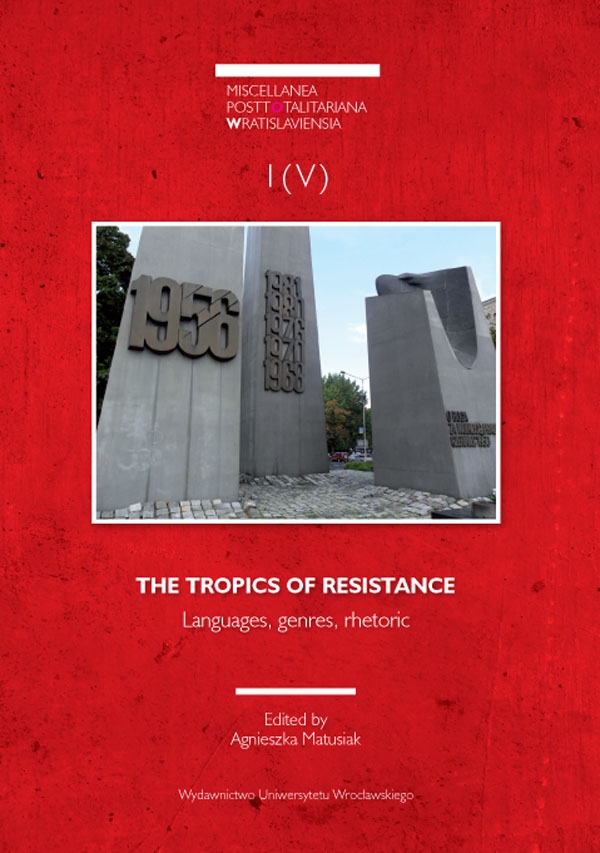

Artykuły

This paper focuses on analyzing visual representations of Don Quixote in Central and Eastern European films produced during the Soviet and post-Soviet periods: the animated cartoon Don Kihote created in 1961 by Croatian director Vlado Kristl: a TV episode, Don Quixote and His Bodyguard, by Viktor Shenderovich 1995; and the feature film Don Quixote Returns by Vasiliy Livanov 1997. The image of Don Quixote is interpreted in the paper as a cultural myth used as a symbol both of resistance and of totalitarianism. This ambivalence of the quixotic myth is studied through the prism of trauma theory. The approach suggested by the author of the paper explains the popularity of Cervantes’s character in totalitarian and post-totalitarian culture and reveals the complicated dynamics of liberation from slavery and the search for freedom in Central and Eastern Europe.